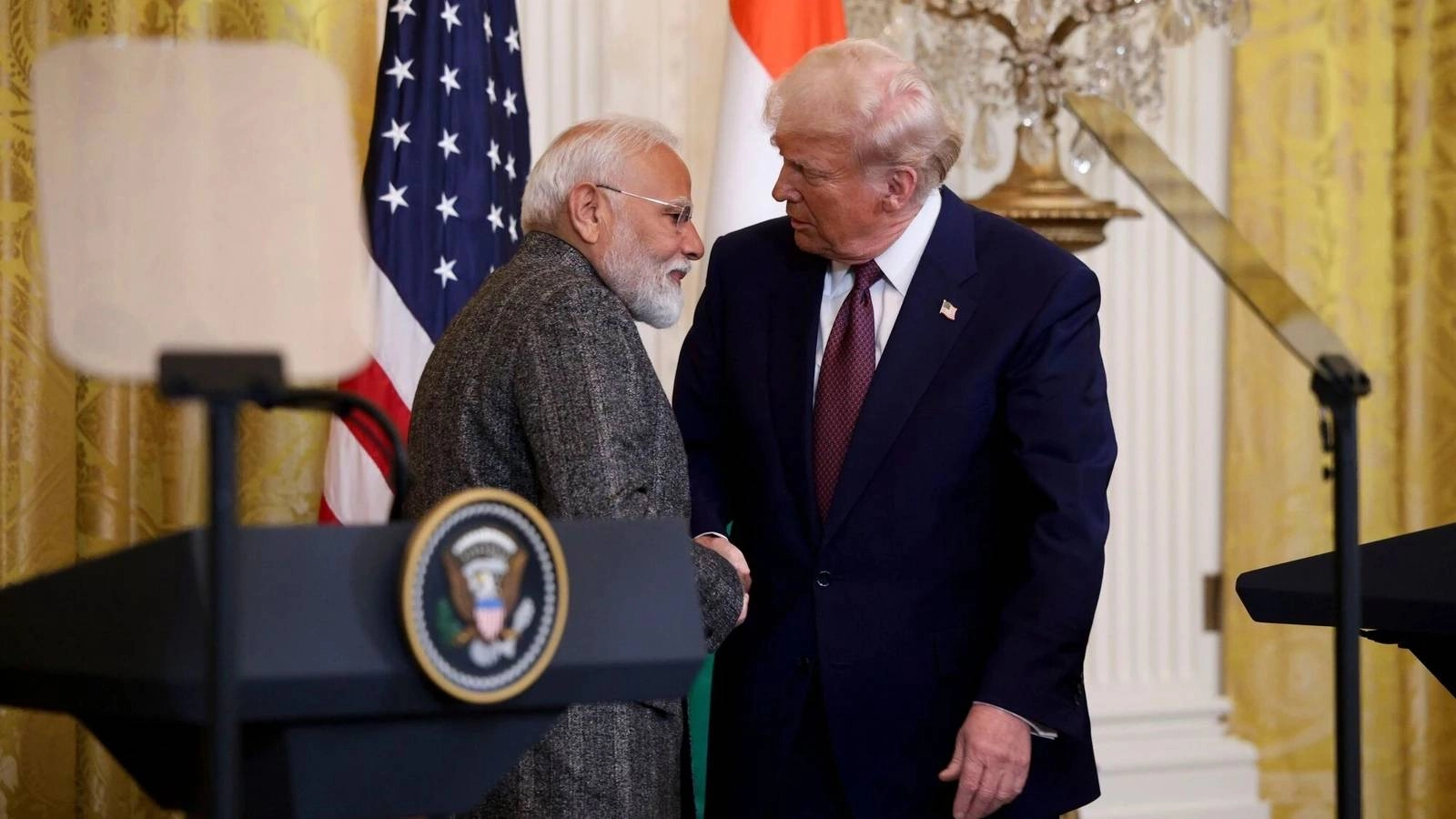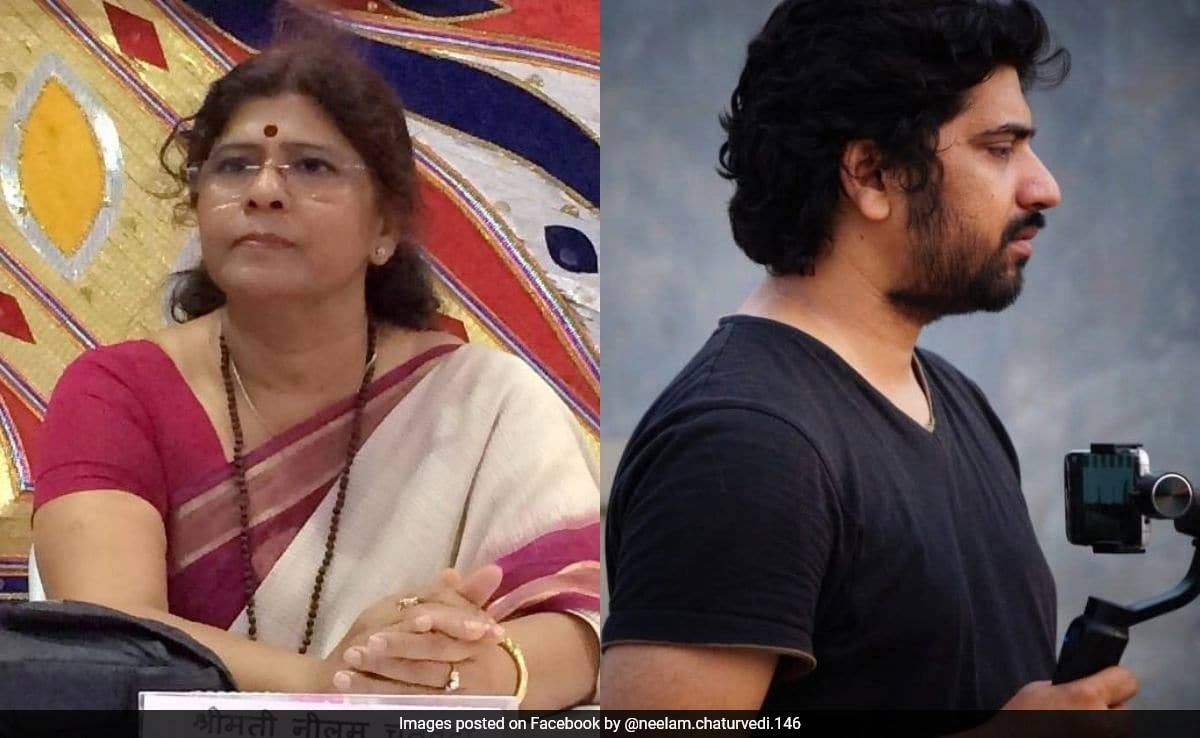India’s ongoing battle against Maoism is a complex and multifaceted conflict that has significant social, political, and economic implications. The Maoist insurgency, which primarily affects the central and eastern regions of the country, is rooted in deep-seated issues such as poverty, land disputes, and social injustice. The movement, often termed as Naxalism, has its origins in the 1967 Naxalbari uprising in West Bengal and has since evolved into a nationwide phenomenon. Visual representations of this struggle can effectively highlight the stark realities faced by affected communities, the government’s responses, and the broader implications for India’s development.
Graphic depictions of the conflict often illustrate the stark contrast between the impoverished rural landscapes inhabited by Maoist supporters and the more developed urban centers. These visuals can convey the despair and disenfranchisement felt by many in the tribal regions, where the Maoists claim to fight for the rights of the marginalized against a backdrop of state neglect and corporate exploitation. The graphics may also show the heavy-handed tactics employed by security forces, the impact of counter-insurgency operations on local populations, and the cycle of violence that ensues. Through these visual narratives, audiences can grasp the human cost of the conflict, which includes displacement, loss of livelihood, and, in many cases, loss of life.
Moreover, the graphics can serve as a powerful medium to shed light on the government’s strategies to combat Maoism. From military operations to development programs aimed at addressing the root causes of unrest, these visuals can illustrate the multifaceted approach being employed. Initiatives aimed at improving infrastructure, education, and healthcare in rural areas are often juxtaposed with images of military presence and conflict, underscoring the delicate balance the government must maintain in addressing both security and developmental needs.
In conclusion, the visualization of India’s fight against Maoism through graphics not only provides insight into the conflict’s complexity but also fosters a deeper understanding of the socio-economic challenges at play. By engaging with these visual narratives, observers can appreciate the nuances of the situation and the urgent need for a comprehensive approach that prioritizes dialogue, development, and the rights of the marginalized. As India continues to grapple with this insurgency, the power of visual storytelling remains a critical tool in shaping public perception and policy responses.




